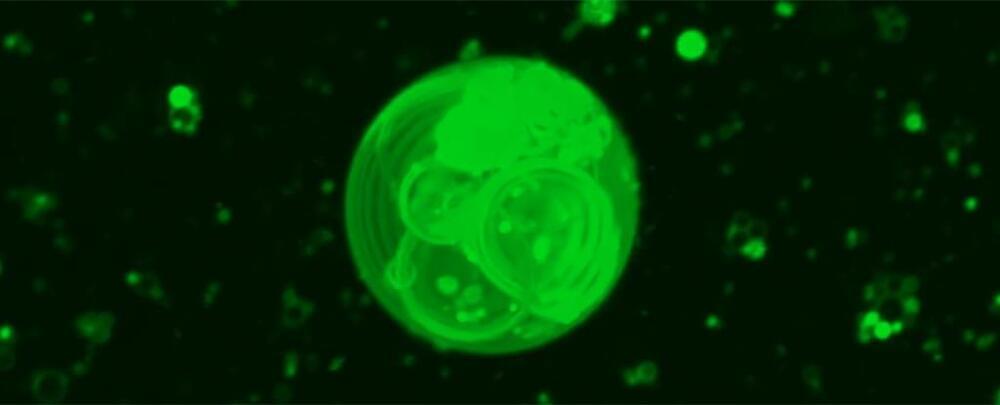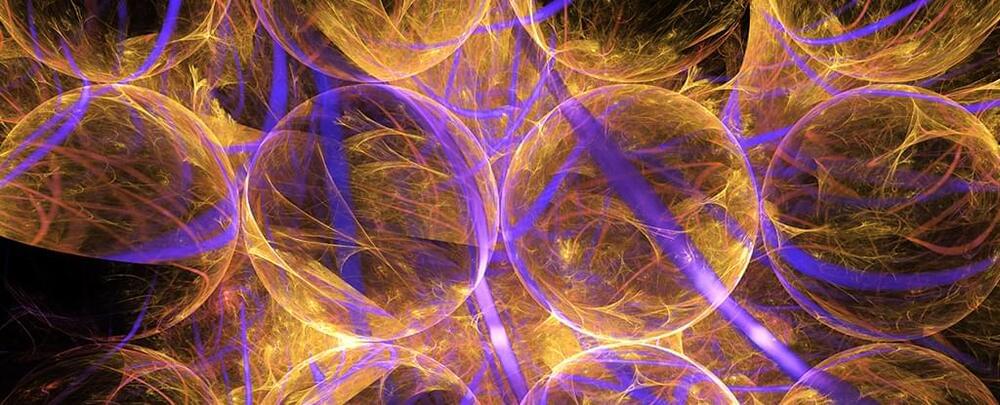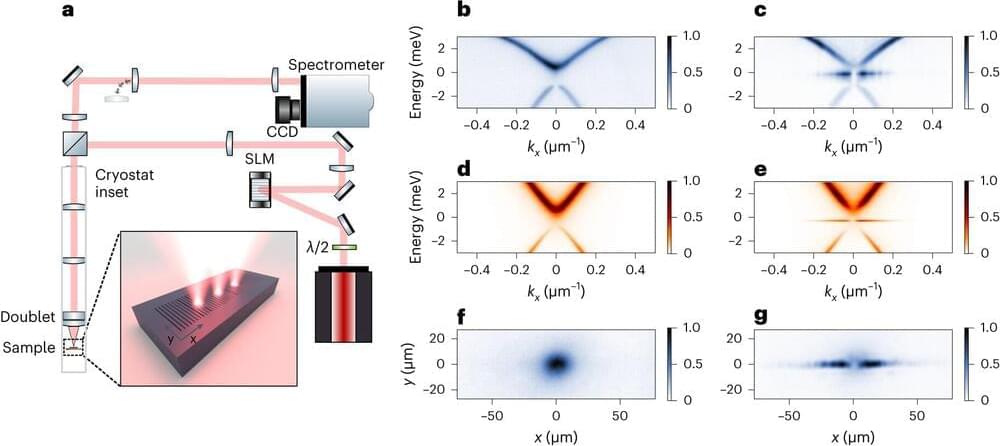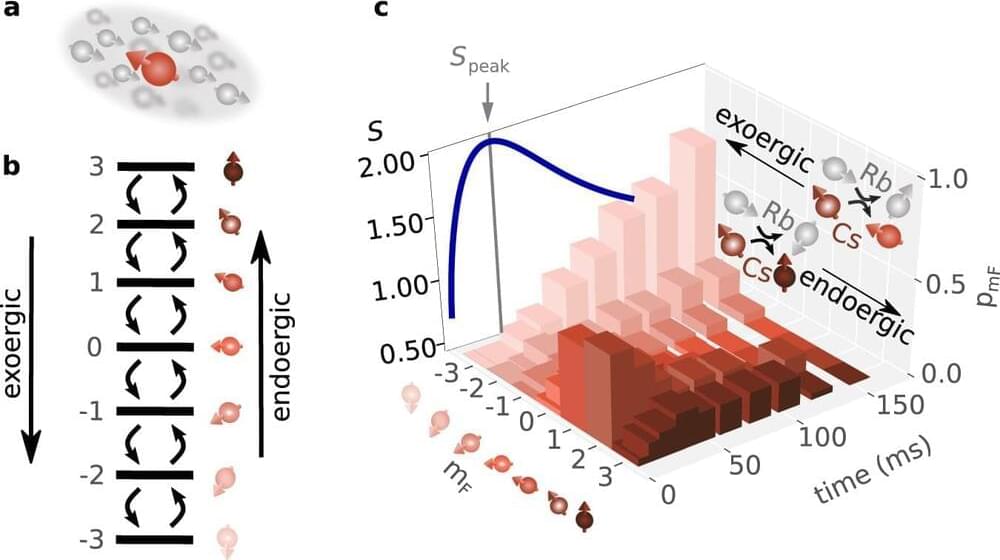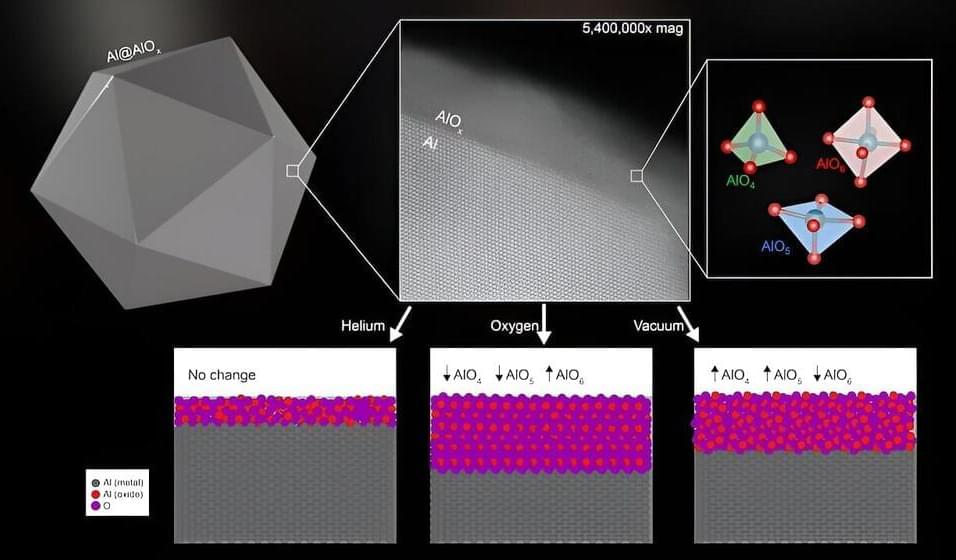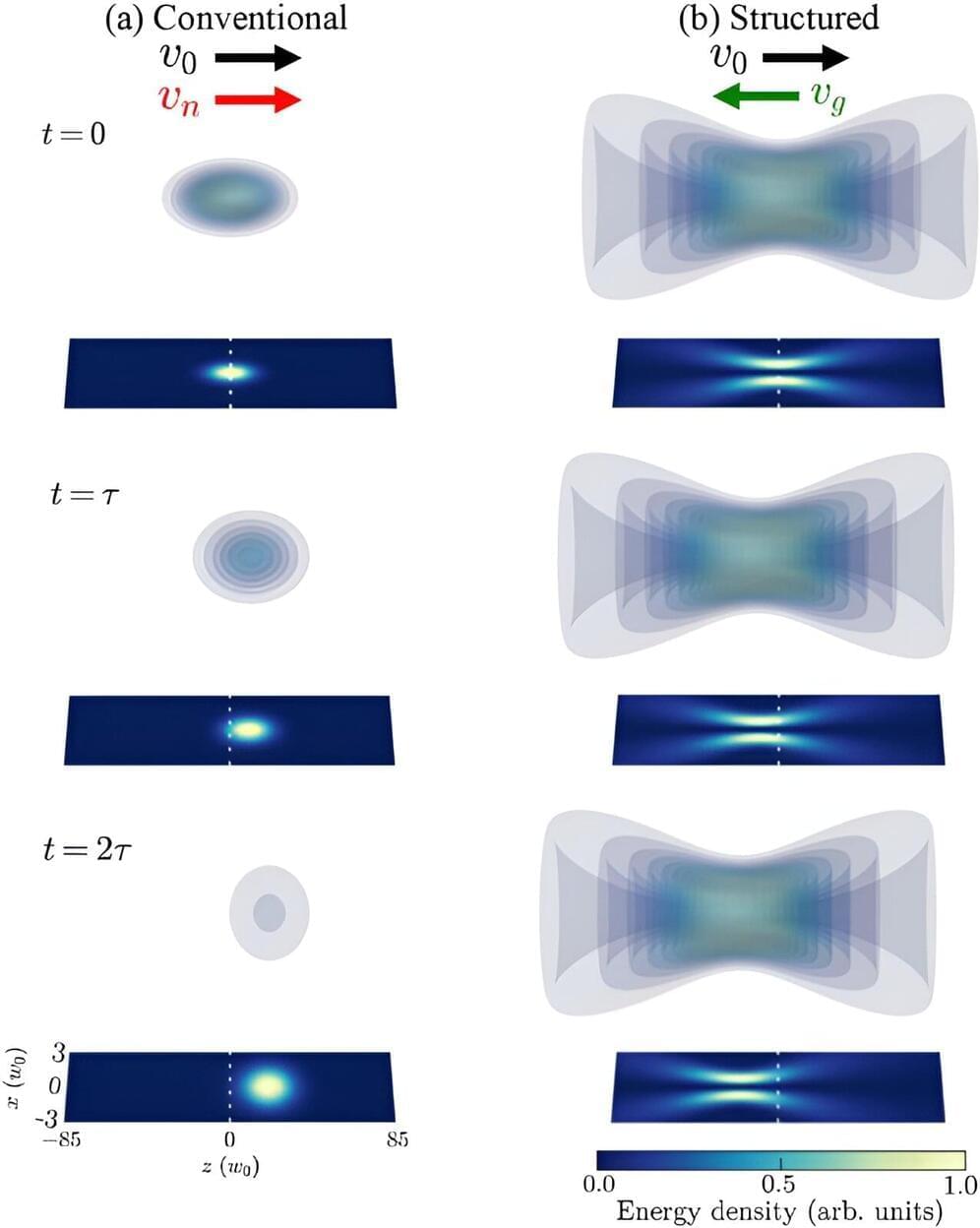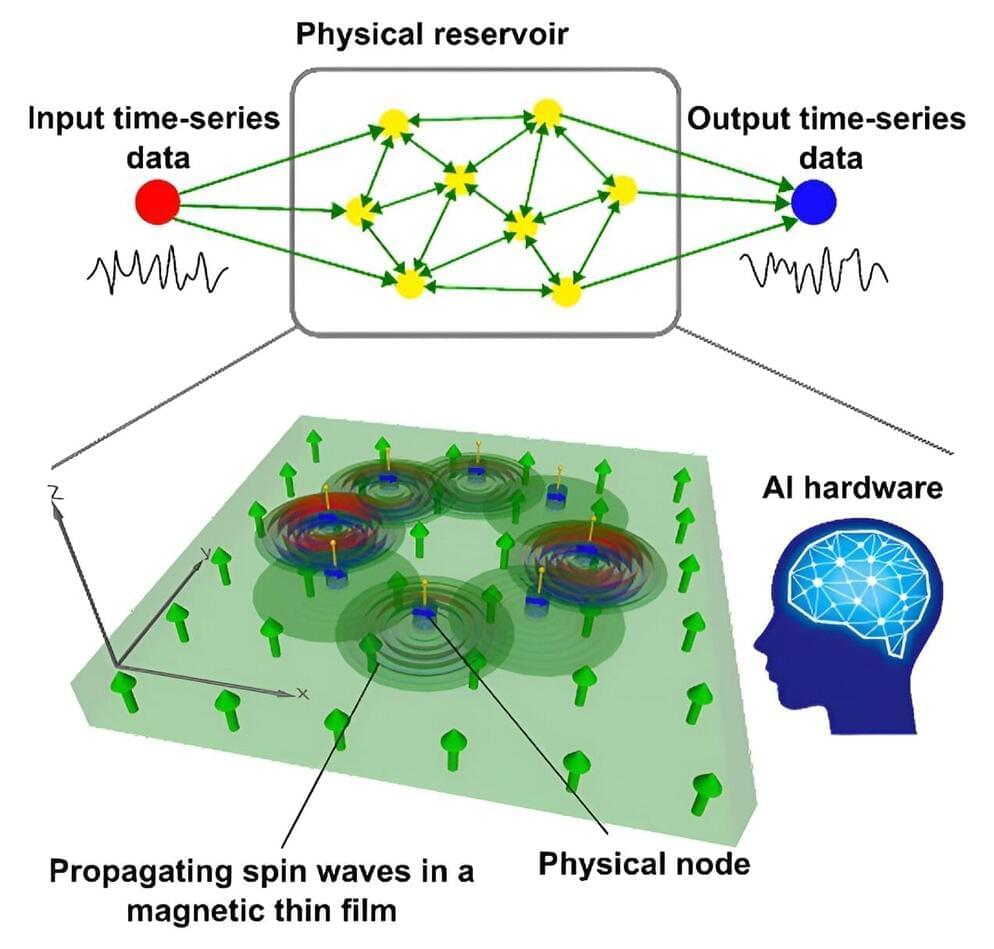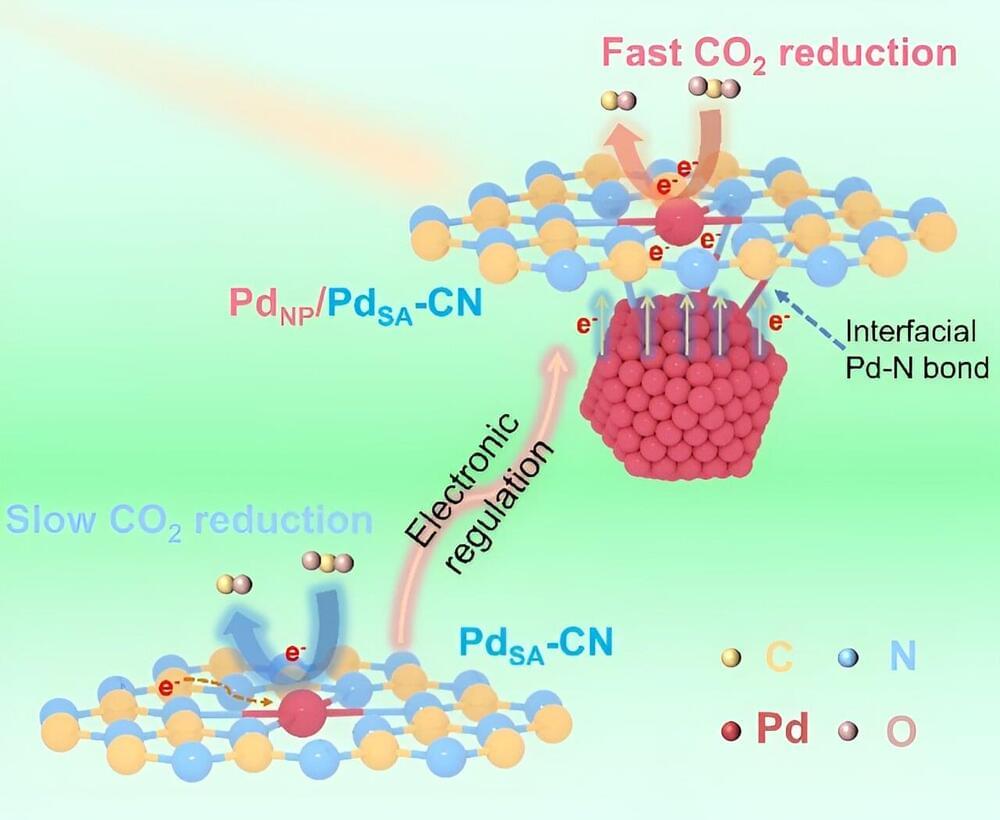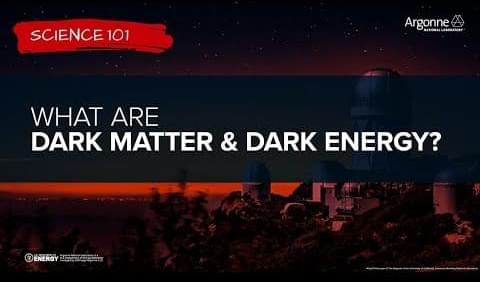Mar 9, 2024
We May Finally Know How The First Cells on Earth Formed
Posted by Paul Battista in categories: chemistry, particle physics
The story of how life started on Earth is one that scientists are eager to learn. Researchers may have uncovered an important detail in the plot of chapter one: an explanation of how bubbles of fat came to form the membranes of the very first cells.
A key part of the new findings, made by a team from The Scripps Research Institute in California, is that a chemical process called phosphorylation may have happened earlier than previously thought.
Continue reading “We May Finally Know How The First Cells on Earth Formed” »
